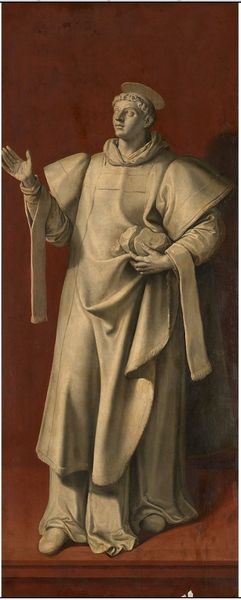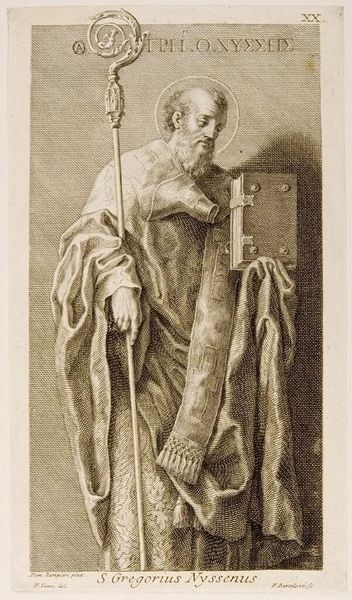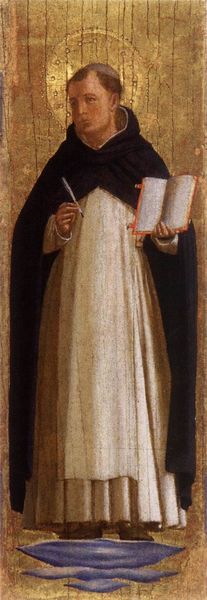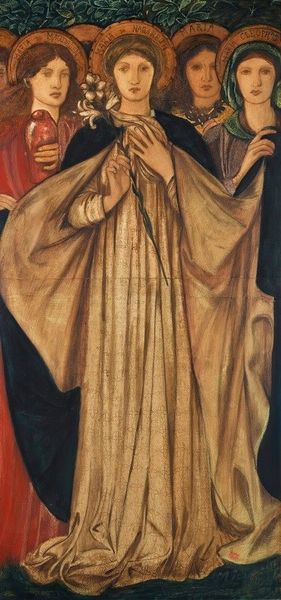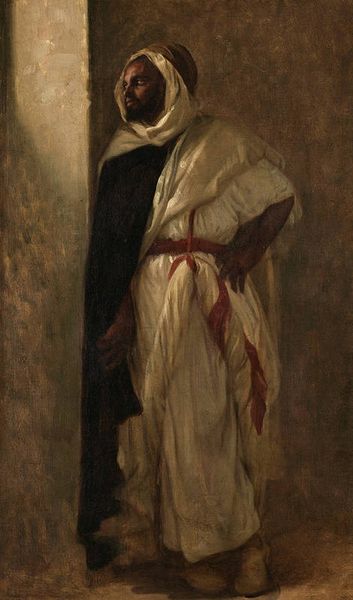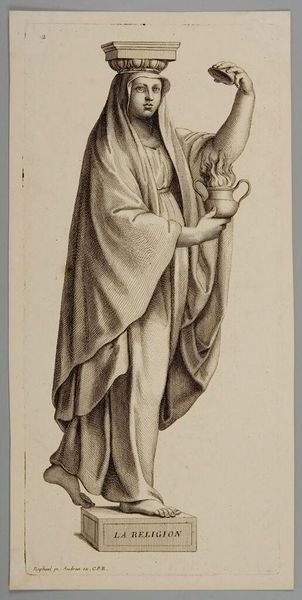
Copyright: Public Domain: Artvee
Pascal-Adolphe-Jean Dagnan-Bouveret painted this image of Saint Herbland sometime during his career in France. The painting draws on visual codes that have become synonymous with monastic life: the simple robes, the rosary, and the book. The artist was working in a period of intense secularisation in France, with the Republican government actively dismantling the power and wealth of the Catholic Church. So this representation of a saint can be seen as an act of cultural conservatism, and a challenge to the anti-clerical politics of the Third Republic. It’s possible that Dagnan-Bouveret was attempting to reassert the significance of traditional religious values within a changing society. Further study of the records of French society at the time – institutional, economic, and political – might reveal more about the artist's social position, and the public role of art during that period.
Comments
No comments
Be the first to comment and join the conversation on the ultimate creative platform.
